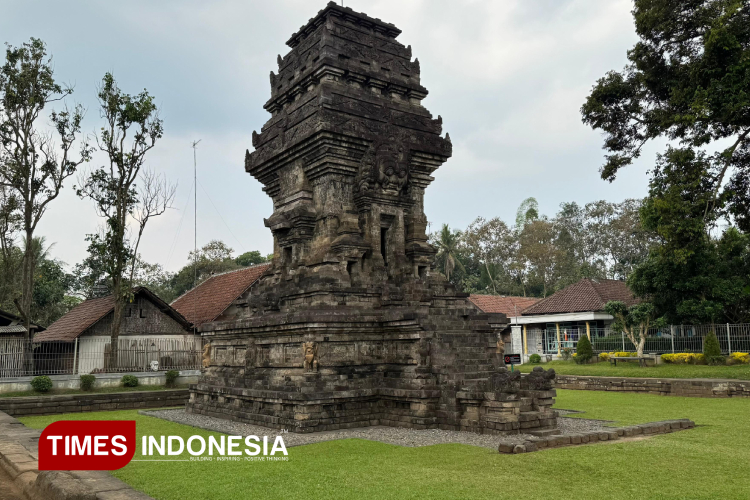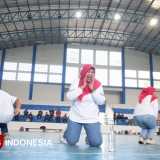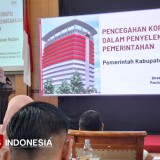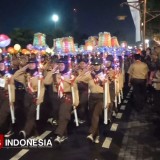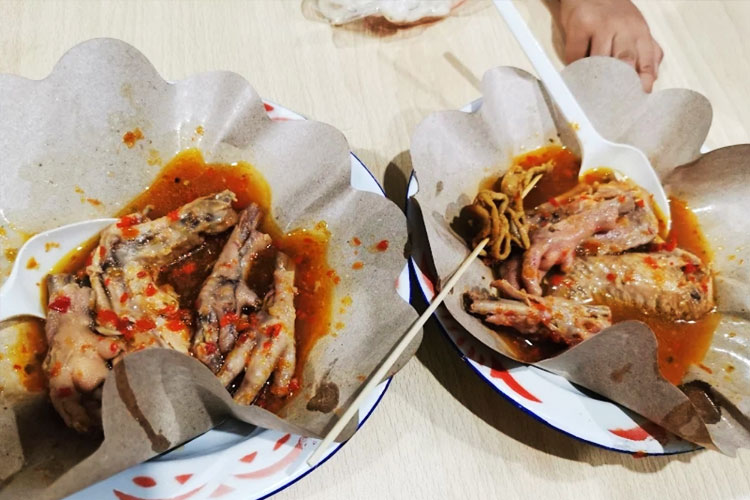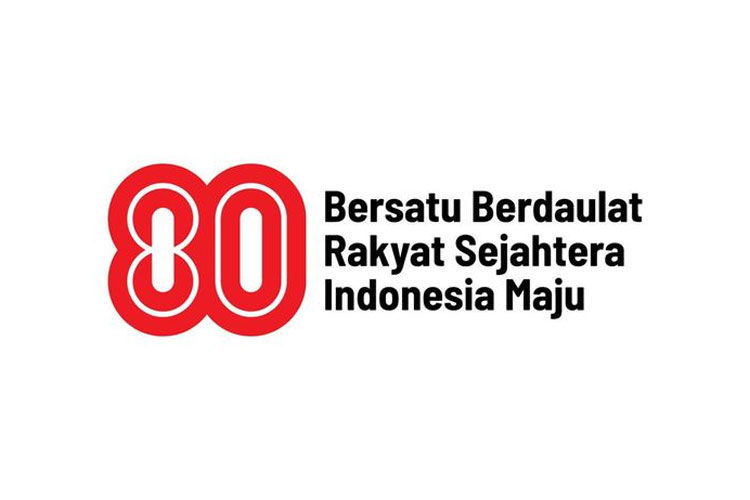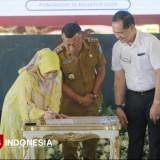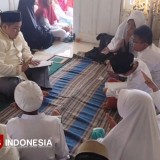TIMES MALAYSIA, MALANG – In the lush hills of Tumpang, Malang Regency, stands Candi Kidal. It's an enduring testament to the glory of the 13th-century Singhasari Kingdom and to the deep devotion of King Anusapati toward his mother, Ken Dedes.
Unlike folktales such as Malin Kundang or Sangkuriang, this story is immortalized not in words, but in stone carvings. The Garudeya reliefs at the base of Candi Kidal narrate a timeless story of love, sacrifice, and redemption, making the temple far more than an ancient monument.
The origin of the name Kidal is still debated. Some believe it comes from kidul, meaning south, referring to its location south of Mount Kawi. Others link it to kidal, meaning left foot, possibly inspired by the temple’s slightly tilted base.
This historical pile of stones was first documented in 1817 by Sir Thomas Stamford Raffles during his service in Java. The first restoration was carried out in 1925 by the Dutch East Indies government, followed by continuous preservation efforts up to the present day.
Located in Krajan Hamlet, Rejokidal Village, Candi Kidal was built in 1248 as a mortuary temple for King Anusapati. It houses three Garudeya relief panels, each telling part of the myth of Garuda’s quest to free his mother from slavery.
The first panel depicts Garuda carrying three giant serpents, representing the burdens and sacrifices he bore. The second shows him balancing a jar on his head, symbolizing his search for the sacred amerta water as a condition for redemption.
The final panel portrays Garuda lifting a woman (his mother) marking her liberation.
These carvings are more than artistic masterpieces; they are symbolic metaphors for Anusapati’s unwavering filial devotion to Ken Dedes. Experts regard them as one of the most complete mythological narratives carved in a Hindu-Shaiva temple in Indonesia.
Through the Garudeya story, the temple conveys universal values of love, spiritual purity, and the redemption of those we hold dear.
Architecturally, Candi Kidal follows the distinctive East Javanese style: a square base measuring 8.36 meters per side, rising nearly 12 meters high.
Built from andesite stone, it features a vertical geometric design divided into three levels—base, body, and roof—accessed via a western staircase. Despite its centuries-old age, the temple remains well-preserved, thanks to consistent restoration from colonial times to today.
Beyond its historical and artistic significance, Candi Kidal serves as a living spiritual center for the local community.
Every year on the eve of 1 Suro (the Javanese New Year), villagers gather for a purification ritual to honor their ancestors. This tradition underscores that the temple is not merely a relic of the past, but a vibrant part of present-day cultural life.
Just 30 minutes from Malang city center, Candi Kidal offers visitors an enriching blend of history, art, and spirituality. It teaches a lesson that transcends time that true love for one’s parents can be preserved in countless forms, even in the silent endurance of stone. (*)
Artikel ini sebelumnya sudah tayang di TIMES Indonesia dengan judul: Candi Kidal, Garudeya, and the Eternal Bond of Mother and Son
| Writer | : Khodijah Siti |
| Editor | : Khodijah Siti |
